Taking advantage of IT's costly legacy
Rising spending on older IT systems might not be as bad for UK companies as it might seem.
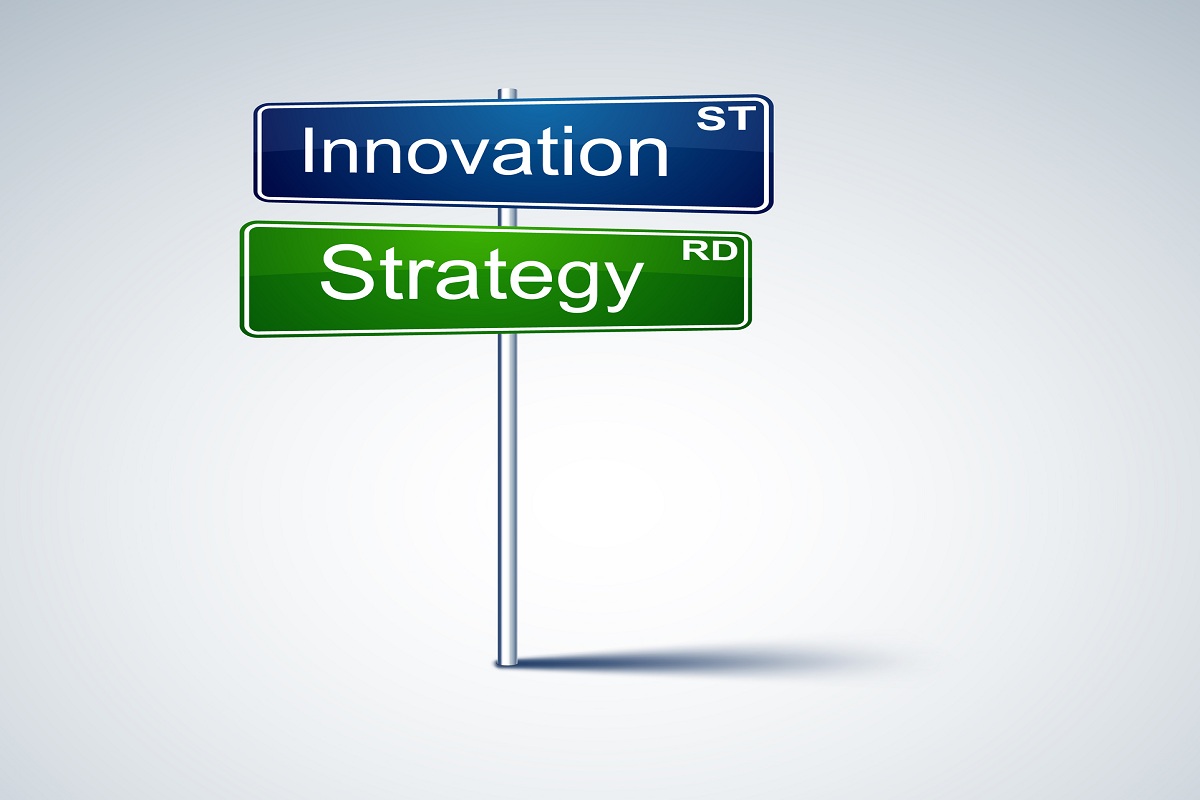
Inside the Enterprise: IT is now a mature industry. The first commercially available computer, the Ferranti Mark 1, was officially announced in August 1950. By the 1960s, computers were fairly common in large businesses and government departments.
By the 1980s, with the growth of the IBM PC, computers were on our desks. Now, of course, they are in our bags, and even our pockets.
The unusual mechanics of IT investment can mean that spending on new systems can actually increase the cost of older ones too, at least until the modern hardware and software is fully on line.
But, although each new generation of computers has provided higher performance at a lower price. But each generation also contributed to a growing problem: "legacy" IT.
Although new computers outperform older generations, sometimes by substantial margins, it can take time to move users off older applications, applications off older operating systems, and operating systems onto newer hardware. Sometimes, the move cannot be done at all. Legacy systems soldier on, with fewer and fewer users, until a determined CIO or the finance director pulls the plug.
UK businesses spend 53 per cent of their IT budgets on legacy systems, according to research by communications technology vendor survey by Sonus. This is higher than, for example, France, where legacy spending accounts for 44 per cent of budgets. But UK CIOs are also keener at 60 per cent to upgrade network infrastructure and hardware than their German or French peers.
Just under a quarter (24 per cent) said they are moving IT away from legacy systems to "innovation and new projects" - again more than in France or Germany.
This, then, paints a picture of IT departments struggling to modernise their estates. But, suggests Rob Bamforth, principal analyst at research firm Quocirca, this might not be the whole picture.
Sign up today and you will receive a free copy of our Future Focus 2025 report - the leading guidance on AI, cybersecurity and other IT challenges as per 700+ senior executives
The unusual mechanics of IT investment can mean that spending on new systems can actually increase the cost of older ones too, at least until the modern hardware and software is fully on line.
IT is moving to a world where it centres around three main elements: edge technology, including mobile devices and PCs; smart networks; and a cloud-like core that provides services out to the edge, according to Bamforth.
Supporting smarter networks, and increasingly, a wider range of devices and operating systems at the edge, means investing in the core too.
-
 AI Fatigue: Is the backlash against AI already here?
AI Fatigue: Is the backlash against AI already here?Feature The proliferation of AI tools in the market is creating confusion, decision paralysis, and declining productivity…
-
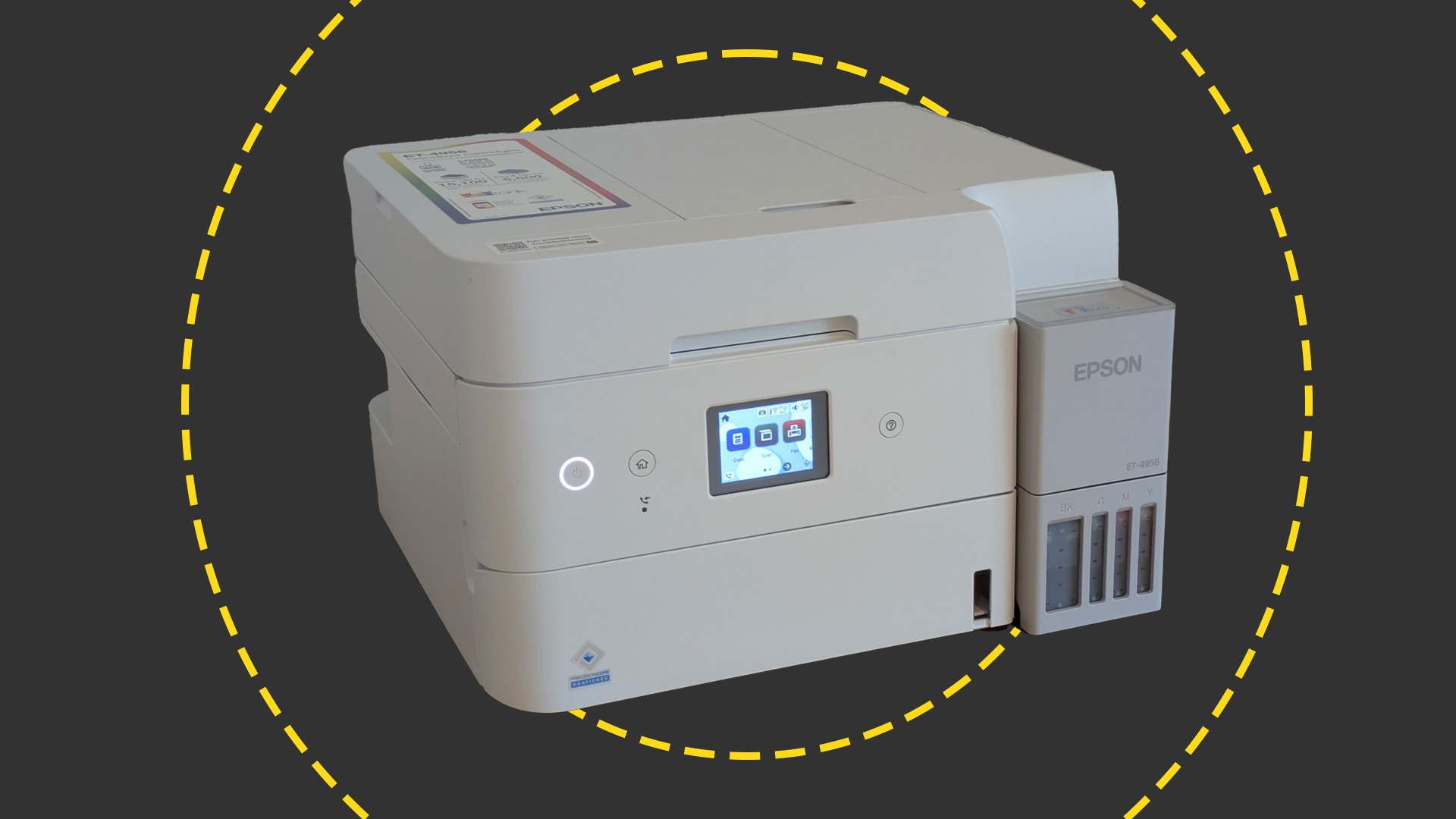 Epson EcoTank ET-4956 review
Epson EcoTank ET-4956 reviewReviews This refillable inkjet MFP does everything you need in a small office – it's compact and cheap to run, too
-
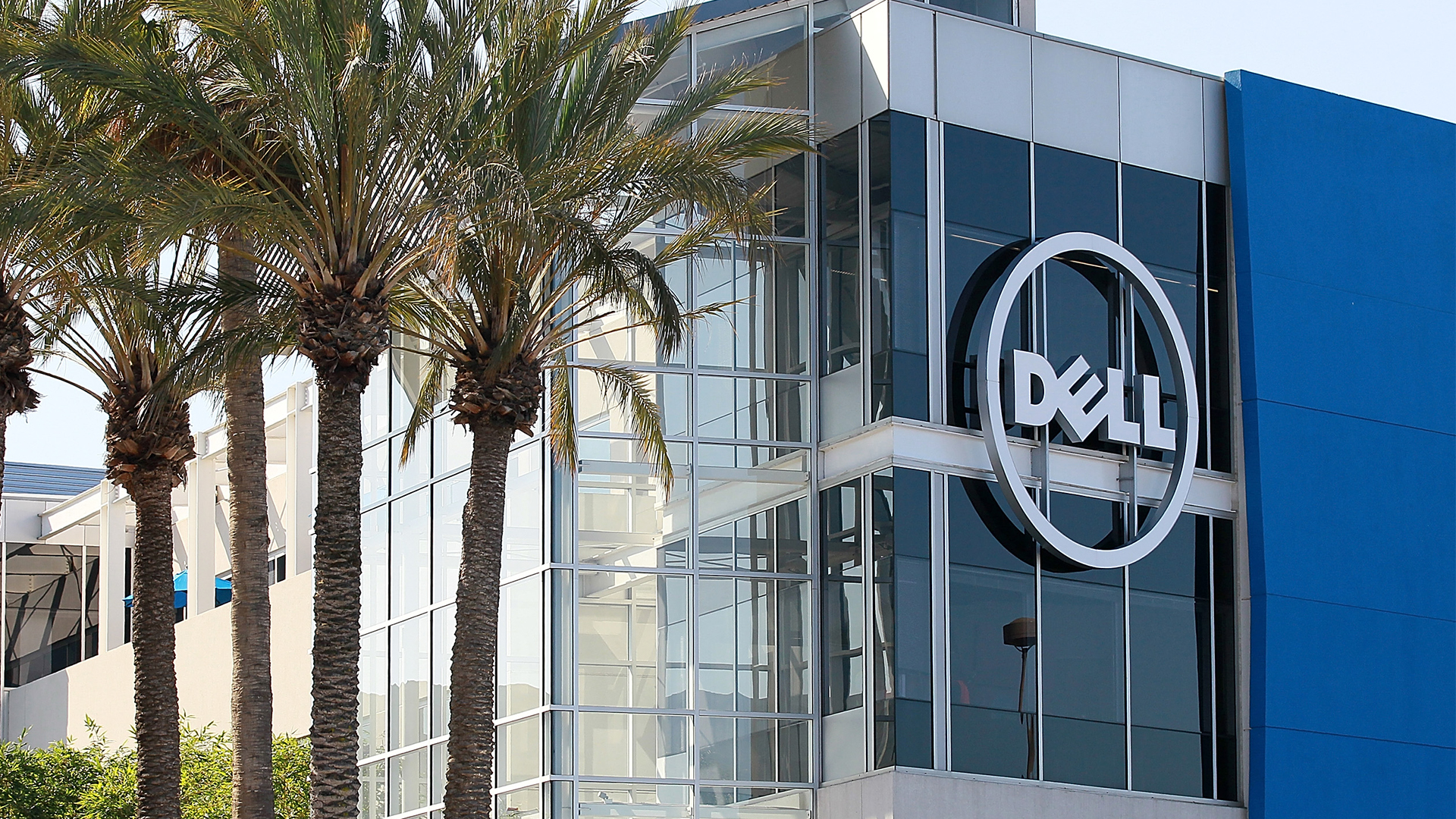 Predicts 2024: Sustainability reshapes IT sourcing and procurement
Predicts 2024: Sustainability reshapes IT sourcing and procurementwhitepaper Take the following actions to realize environmental sustainability
-
 Advance sustainability and energy efficiency in the era of GenAI
Advance sustainability and energy efficiency in the era of GenAIwhitepaper Take a future-ready approach with Dell Technologies and Intel
-
 2024 State of procurement report
2024 State of procurement reportWhitepaper The trends shaping the future of business buying
-
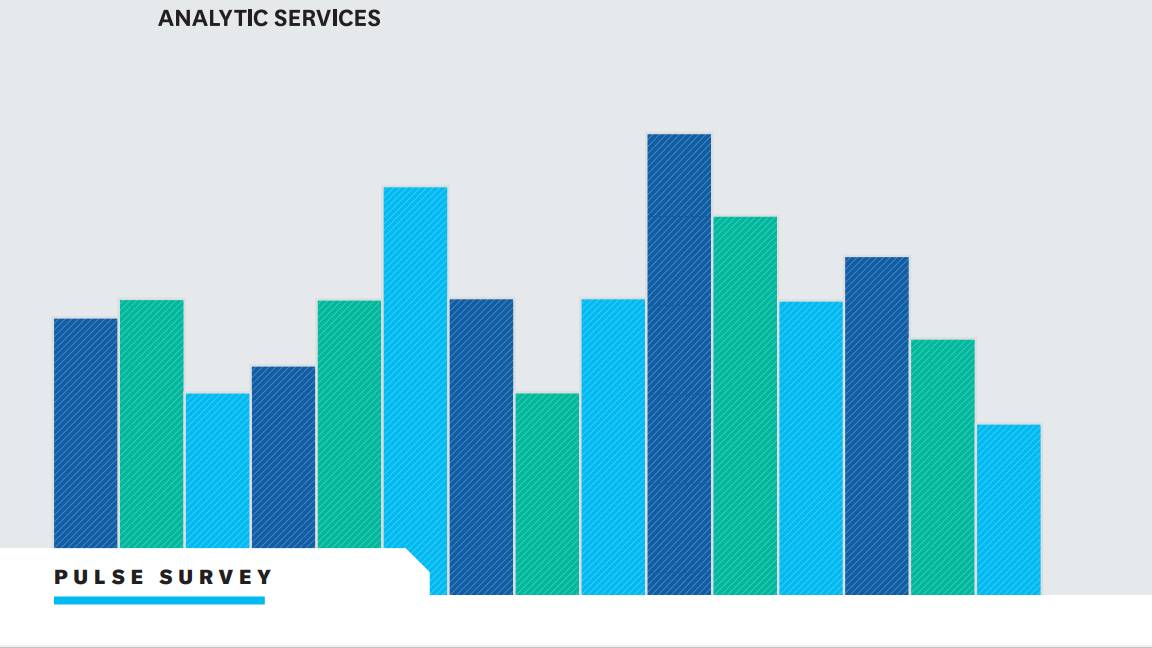 Digital optimisation paves the way to strategic supplier management
Digital optimisation paves the way to strategic supplier managementWhitepaper Procurement’s role as a strategic driver
-
 Bringing order to the file management chaos plaguing AEC firms
Bringing order to the file management chaos plaguing AEC firmswhitepaper How a cloud-based solution, supported by edge technology, helps architecture, engineering, and construction firms boost performance and cut costs
-
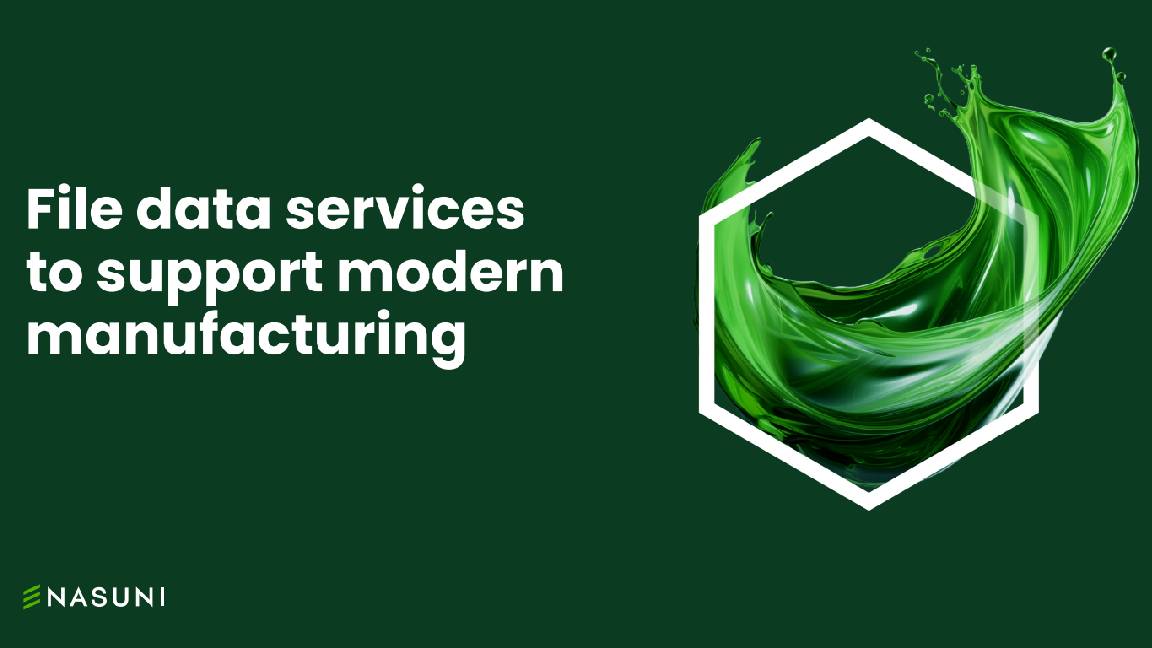 File data services to support modern manufacturing
File data services to support modern manufacturingwhitepaper Smart file data services deliver resilience and intelligence to the modern manufacturing organization
-
 Innovation in product development
Innovation in product developmentwhitepaper The latest data on how successful product development teams collaborate to build the future
-
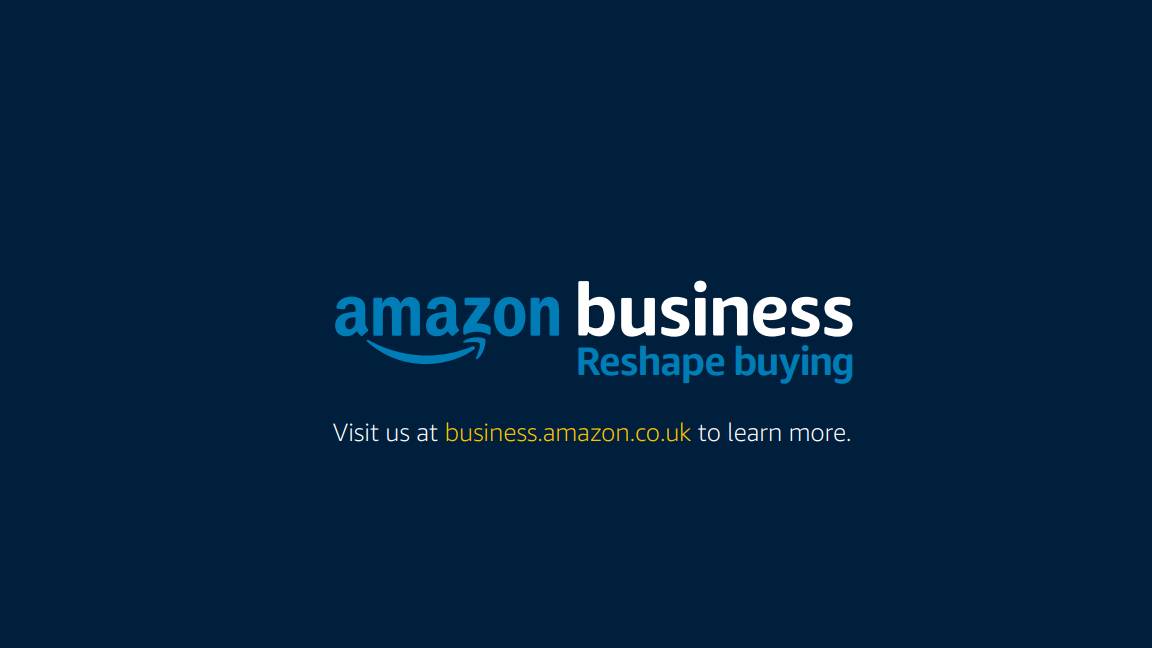 The small and medium business guide to buying
The small and medium business guide to buyingWhitepaper Optimising purchasing to save in 2024